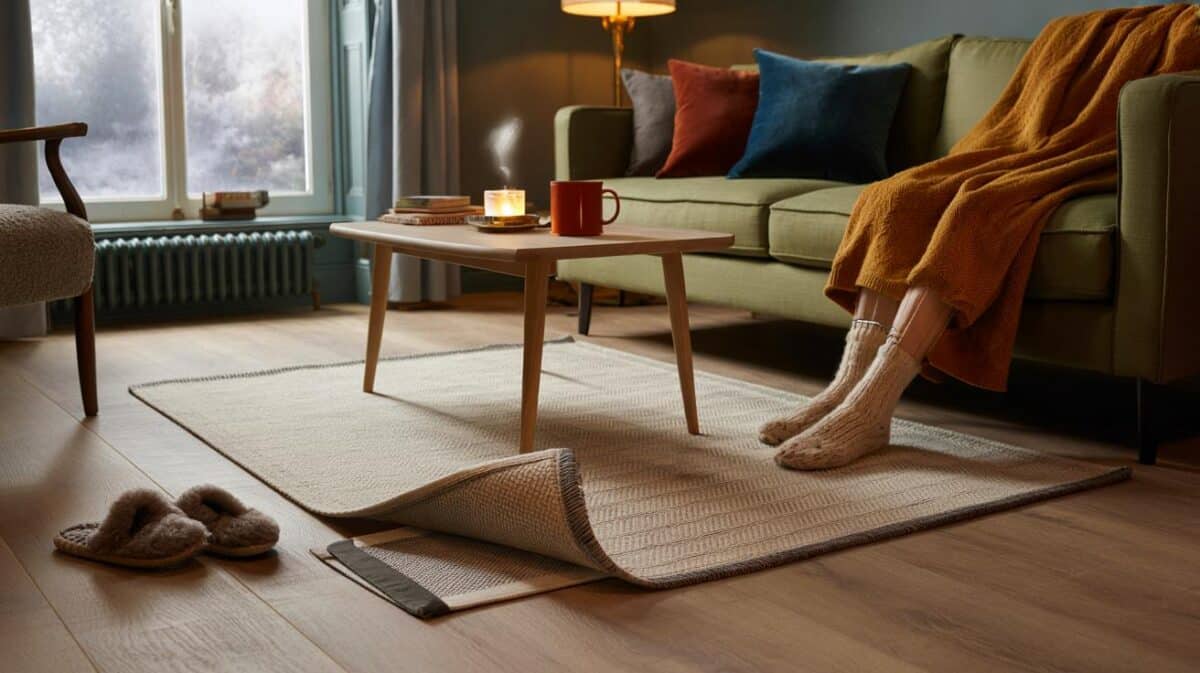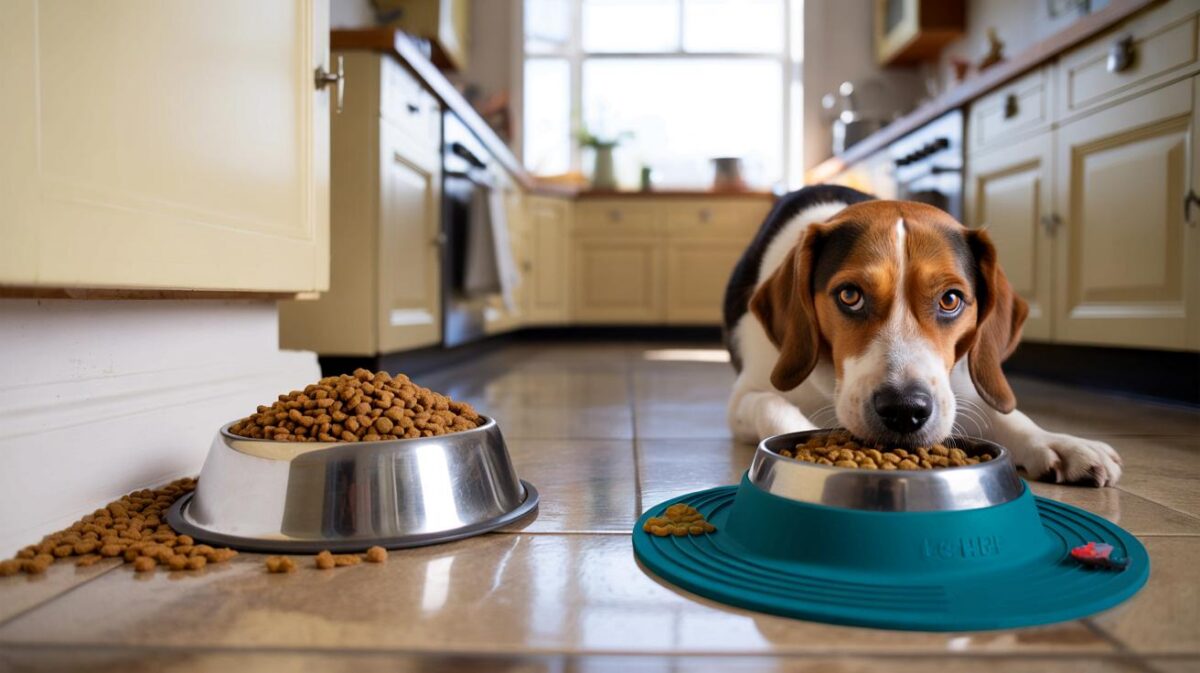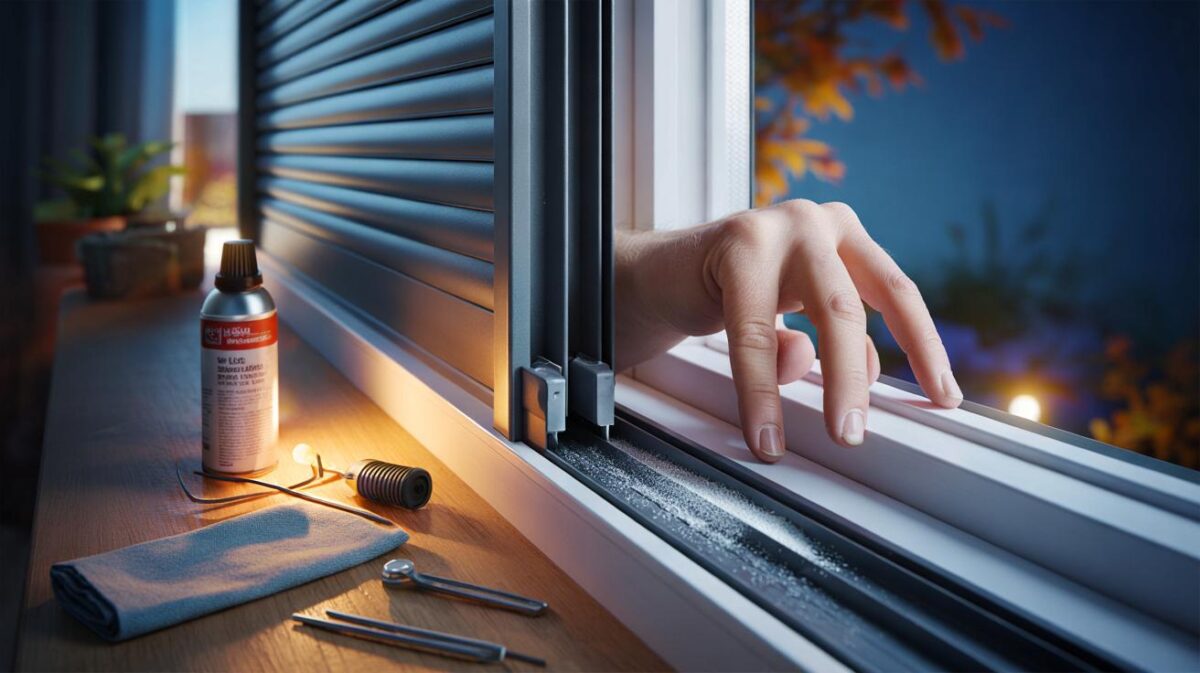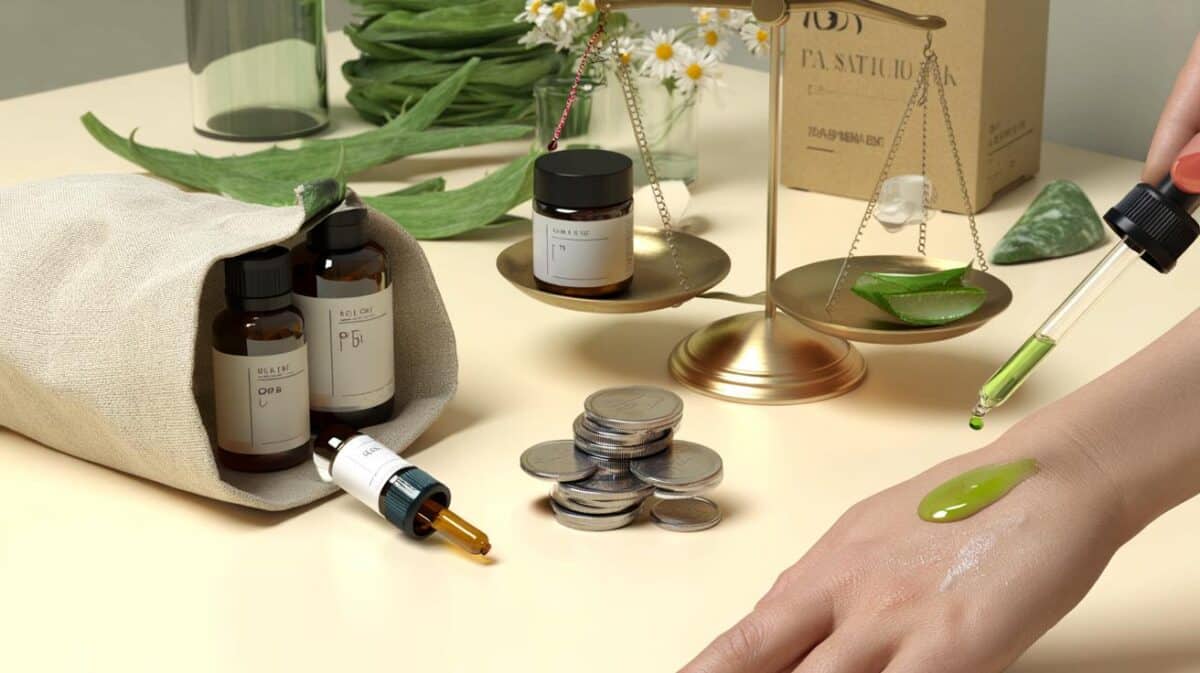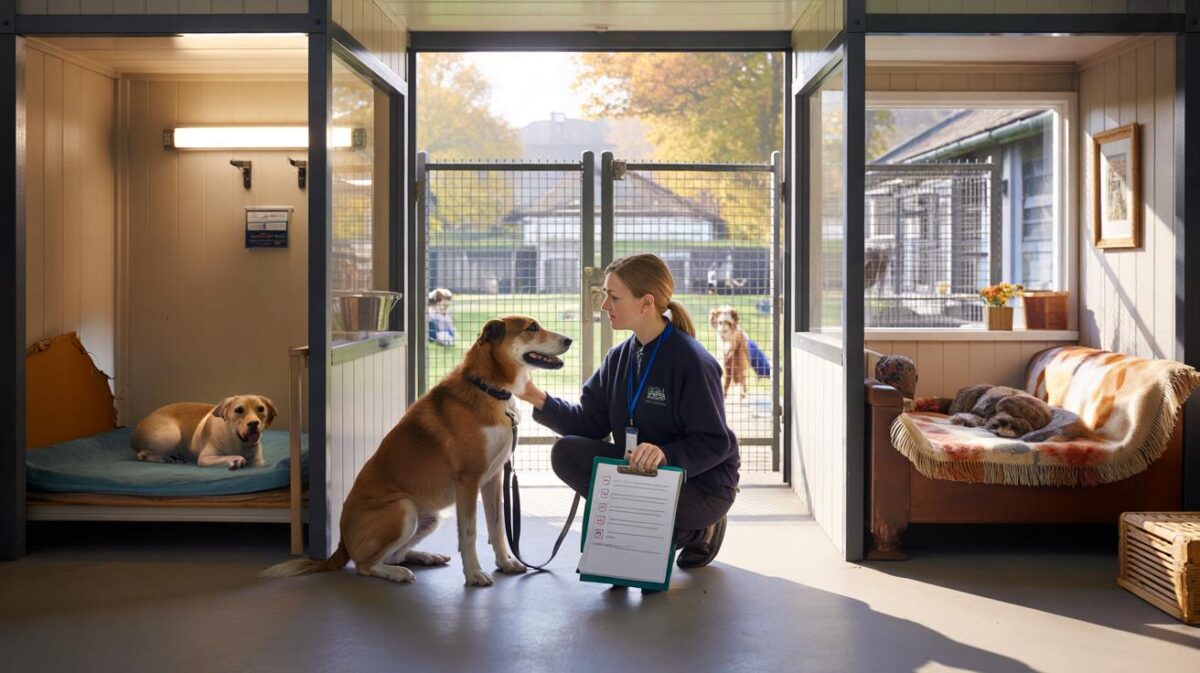As energy bills bite and food prices climb, home growers are turning pits and pips into living capital. The technique relies on cold, time and tidy habits. The payoff can be dozens of hardy rootstocks, ready to graft with favourite varieties next year, without touching the household budget.
Why free rootstocks are reshaping home orchards
Raising your own rootstocks changes the game. You pick what survives your soil, your wind, your rainfall. Seedling rootstocks grown where they will live often shrug off stress better than shop-bought. They grow with your conditions from day one, not after a long journey and a shock.
The saving is real. A named clonal rootstock typically costs several pounds. A bucket of washed apple pips or plum stones costs nothing. Many gardeners report 30–70% germination if they handle moisture and cold well. That means 20 to 60 usable young plants from a winter’s worth of kitchen scraps.
£0 inputs, a bag of damp sand and 12–14 weeks of cold can yield dozens of sturdy rootstocks adapted to your patch.
There’s a social dividend too. Extra plants trade easily on allotments and in neighbourhood swaps. Local seedlings preserve regional resilience. They become stock for grafting heritage apples, pears, plums and cherries that suit your taste and your climate.
The cold-start method gardeners swear by
The engine behind this surge is cold stratification. Many fruit seeds sleep behind thick shells and chemical locks. Winter unlocks them. Mimic that winter, and seeds wake in spring on your timetable.
Step-by-step winter stratification
- Collect fresh pits and pips from apples, pears, plums and cherries. Choose large, unblemished seeds.
- Wash thoroughly to remove all fruit flesh. Dry on paper for a day to avoid rot.
- Mix seeds with moist, not soggy, sand or peat-free compost. Aim for the feel of a wrung-out sponge.
- Layer in a ventilated box, a mesh-bottom crate or perforated food bags. Label by species and date.
- Store at 1–5°C for 10–16 weeks. A shed, a cold frame, a shady balcony box or the lowest shelf of a fridge works.
- Protect from rodents and birds. Check monthly. If mould appears, rinse seeds in cool water and refresh the medium.
The goal is simple: steady chill and light moisture. Natural freeze–thaw cycles outside can help crack stony shells on plums and cherries. Consistency matters more than depth of cold. Most British winters provide enough hours if seeds are kept off the ground and out of standing water.
From frost to life: spring cues and first moves
As days lengthen, watch for signs: a white root tip, a split shell, a green hook. That’s your cue. Move sprouting seeds into pots or a prepared nursery bed. Handle by the shell, not the root. Set each seed just below the surface in a free-draining, humus-rich mix.
- Site young plants in bright, sheltered spots with light shade. Harsh sun dries tiny roots fast.
- Water little and often. Keep evenly moist. Avoid waterlogged trays that suffocate roots.
- Mulch thinly with leaf mould or fine woodchip to steady moisture and block weeds.
- Guard against slugs, leatherjackets and birds with collars, grit and simple mesh covers.
Over-watering kills more seedlings than drought. Aim for damp, airy compost and brief, regular sips.
Nursing young stock through the first year
Attention beats expense. Hand-weed around stems. Stake only if wind rocks plants. Feed lightly in early summer with mature compost to encourage root spread, not lush top growth. By autumn many apple and pear seedlings reach 40–60 cm. Vigorous plums may do more.
At that height, you can plan next steps. Heel them into a nursery row to thicken trunks. Or pot on and keep them growing. Either way, keep labels clear. You’re not selecting for fruit here; you are raising robust, well-rooted carriers for future grafts.
When to graft and which techniques
- Late winter: whip-and-tongue (also called the English method) suits pencil-thick stock and clean scion wood.
- Early spring: cleft graft handles thicker stock and slower sap flow.
- Mid to late summer: T-budding (shield budding) is efficient when bark lifts easily.
Use sterile, sharp tools. Seal cuts. Label grafts by variety and date. Take scions from healthy, known trees in winter and store cool. Local wood often takes best on local rootstock.
The bigger picture: costs, yields and community swaps
Households chasing value are turning waste to stock. The effort is measured in minutes, not money. A Saturday hour to wash and pack seeds. A monthly check. A spring morning to pot on. In exchange, you gain a pipeline of graft-ready plants next year and the year after.
| species | typical chill | target temperature | germination window | common success |
|---|---|---|---|---|
| apple (malus) | 10–12 weeks | 1–5°C | march–april | 40–70% |
| pear (pyrus) | 12–14 weeks | 1–5°C | april | 30–60% |
| plum (prunus) | 12–16 weeks | 1–5°C, benefit from freeze–thaw | april–may | 30–50% |
| cherry (prunus) | 14–16 weeks | 1–5°C, benefit from freeze–thaw | may | 20–40% |
Expect variation. Seedlings are not dwarfing clones. They trade predictability for strength, reach and resilience.
Risks, limits and ways to reduce them
- Vigour: seedling rootstocks are usually strong and tall. Plan for bigger trees or use size-controlling graft techniques.
- Disease: start with clean seed and clean tools. Avoid importing scion wood from unknown sources to protect local trees.
- Wildlife: rodents love stones. Use wire mesh and bury seed boxes where claws can’t reach.
- Genetic mix: each seed is unique. That’s fine for rootstocks. Don’t expect the fruit of ungrafted seedlings to match the parent.
- Space: nursery rows need sun and airflow. Crowding breeds mildew and cankers. Thin and rotate beds annually.
A weekend plan you can follow
- Saturday: collect, wash and dry seeds. Prepare labels and a box of damp sand.
- Sunday: layer, seal and set the box to chill. Note a reminder 12 weeks out.
- Late march: check for sprouters weekly. Pot them on as they wake.
- Early summer: mulch lightly, water smartly, and protect from pests.
- Autumn: lift and line out the best 20–40 plants for next year’s grafts.
If you want more control over final tree size, pair your seedling rootstocks with scions known for moderate vigour, and graft low. Alternatively, practice summer budding onto the strongest seedlings to stack the odds towards compact growth. Keep a notebook of dates, germination rates and survival. Data from your garden beats any manual.
Two extra angles make the effort go further. First, trial a small batch each of apple, pear, plum and cherry to see which thrives on your plot. Diversity spreads risk and offers more graft options. Second, use local networks to exchange surplus. Shared rootstocks and scions build community resilience and reduce the temptation to order plants from far afield.
For families, this is a hands-on way to teach patience, botany and thrift. For allotments, it creates a pipeline of hardy understocks to renew aging plots. For anyone with a balcony, the fridge method and a few deep pots will still deliver. The numbers are persuasive, but the sight of a seed cracking open in spring does most of the convincing.

